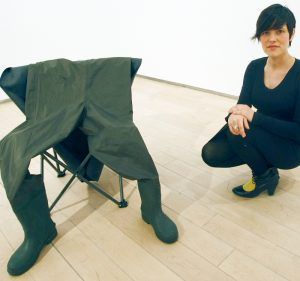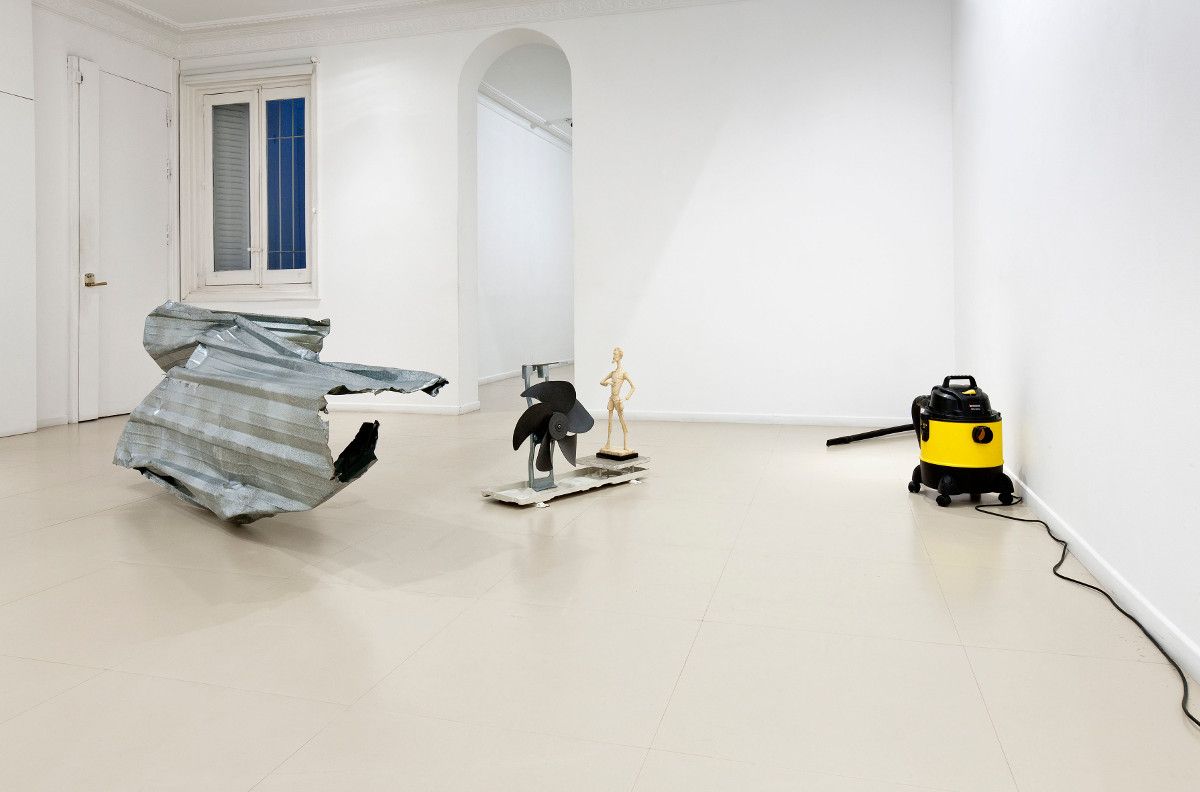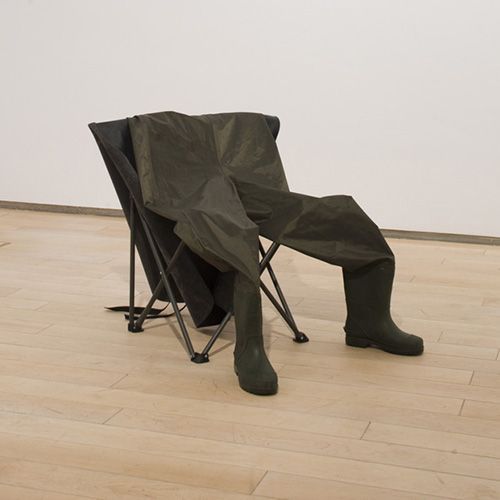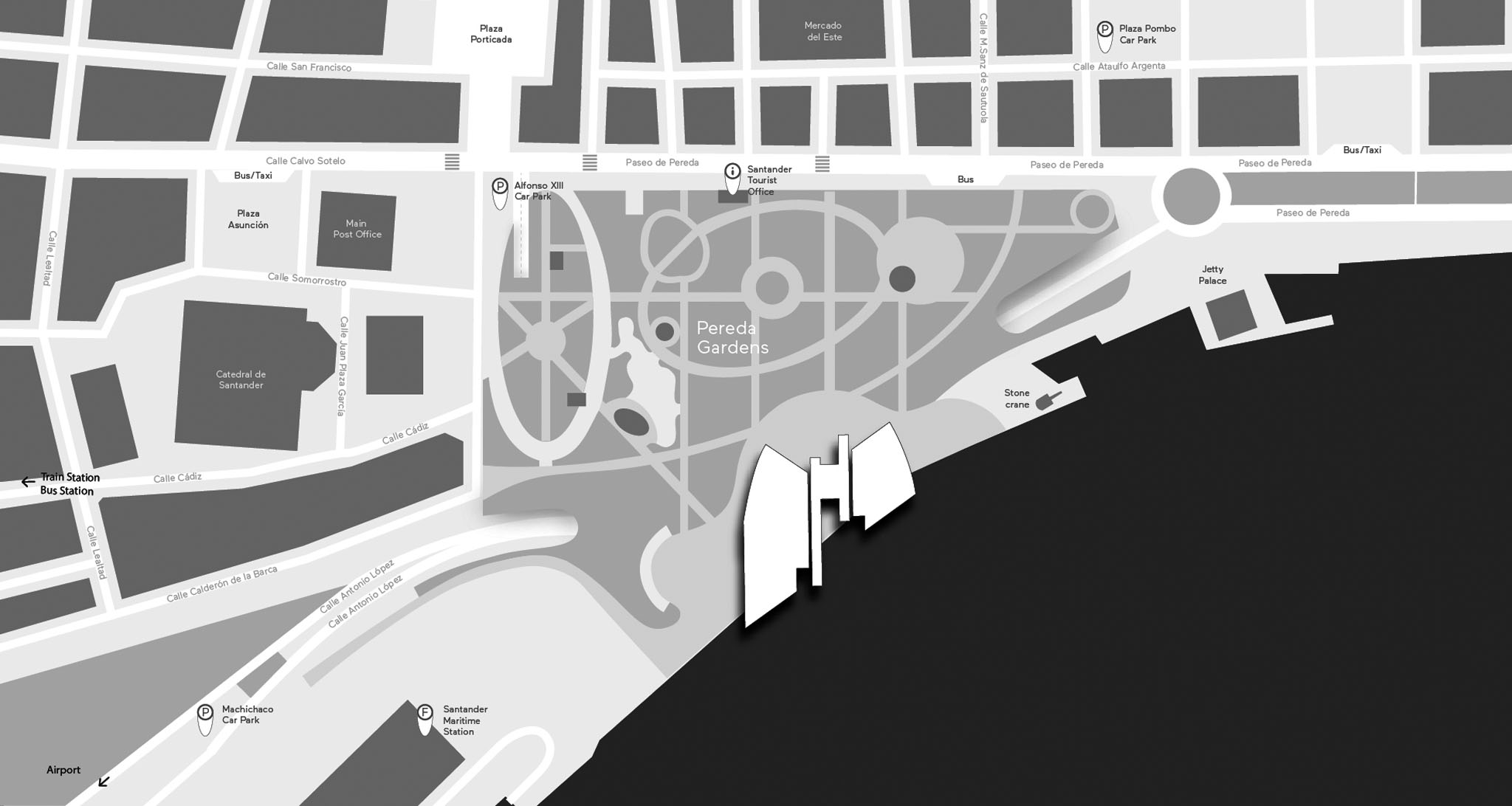NURIA FUSTER
Alcoi, Spain, 1978
Don Quixote also sculpted the air, 2012
Iron, figure, tile, fan and vacuum cleaner
Variable dimensions
Nuria Fuster has been working with found objects she generally comes across in the public space. They are, for the most part, refuse and leftovers from a consumer society obsessed with the idea of progress, and for whom an object becomes obsolete before it ceases to be operative. Indeed, many of the discarded products she incorporates into her sculptural compositions are still fully functional and this informs the way she uses them. Accordingly, Fuster’s process of recuperation and restaging questions the very notion of purpose, something that goes beyond the recontextualization implied by the readymade.
From her early years as a student, when she had no space to work, the artist tended to view the gallery as both a site of production and exhibition. In that sense, the fully-fledged installation only exists in the time frame of the exhibition, not unlike a theatre set, where props are placed for actors to recreate a plot. In that case, the protagonists are the selected objects themselves.
Her sculptures either suggest or enact movement and/or formal transformation, also hinting at the notion of formal instability, perhaps echoing the impermanence of a world in constant evolution, but also stressing their ephemerality – the possibility of their own obsolescence. In Don Quijote también esculpió el aire (Don Quixote also Sculpted Air), Fuster literally uses a character to imbue the installation with a theatrical plot. The set is built out of a sheet of iron that serves as a curtain or a screen and a vacuum cleaner used as a ventilator that blows air into the blades of an otherwise idle industrial fan. The effigy of the famous Cervantes character transforms the fan into a windmill and activates the installation, which becomes a kind of landscape.




